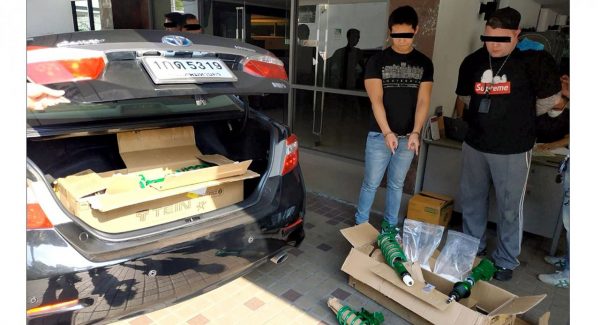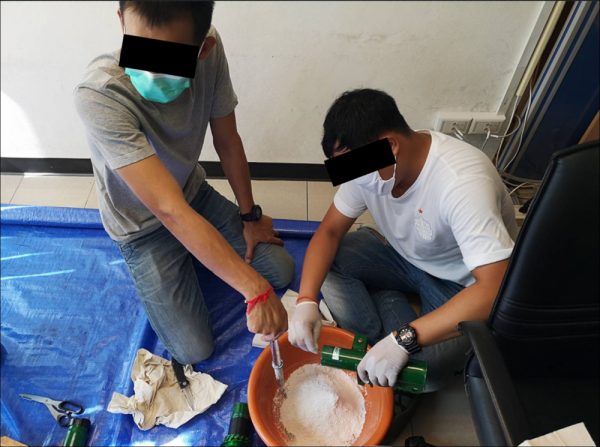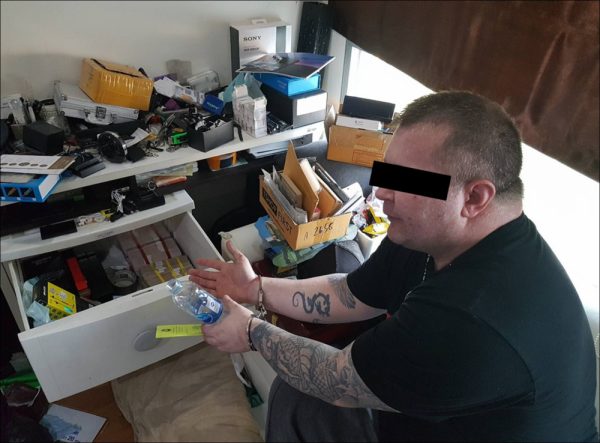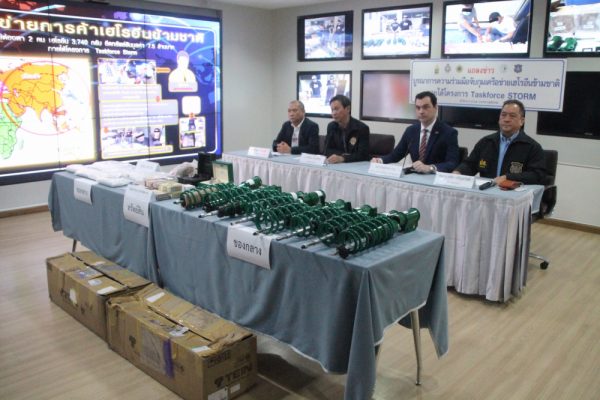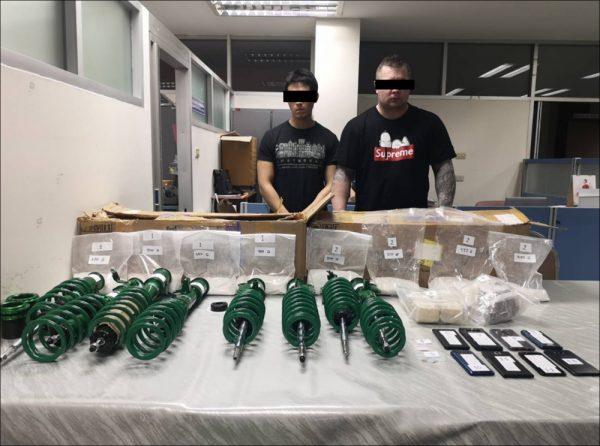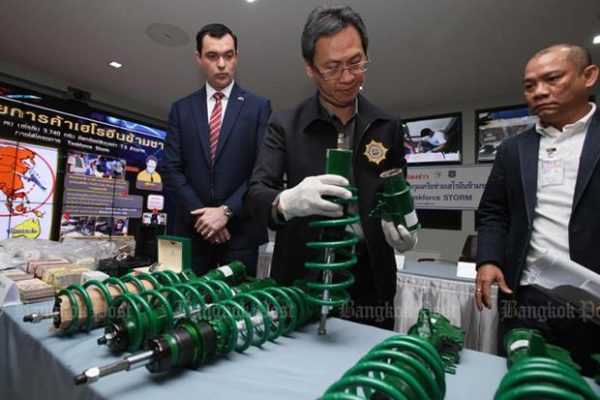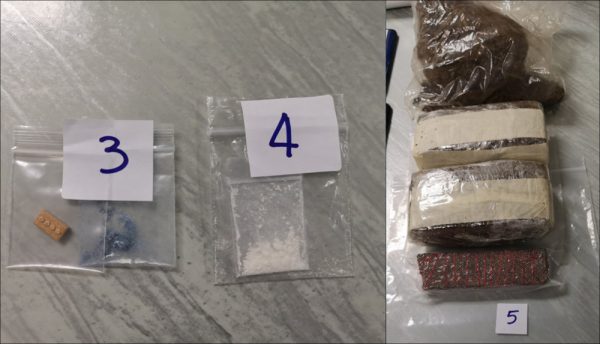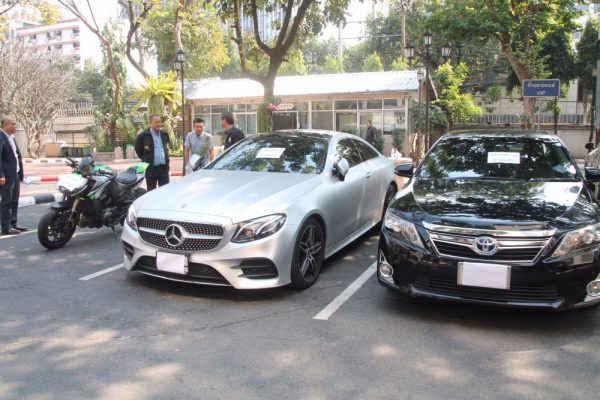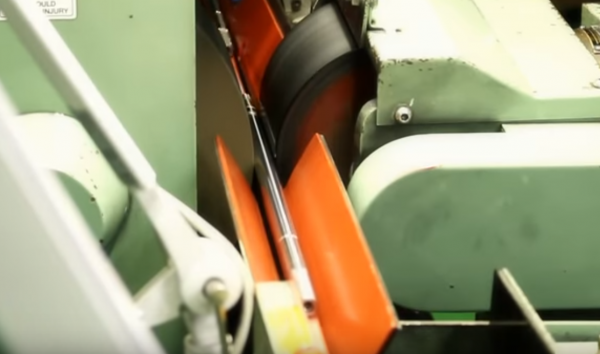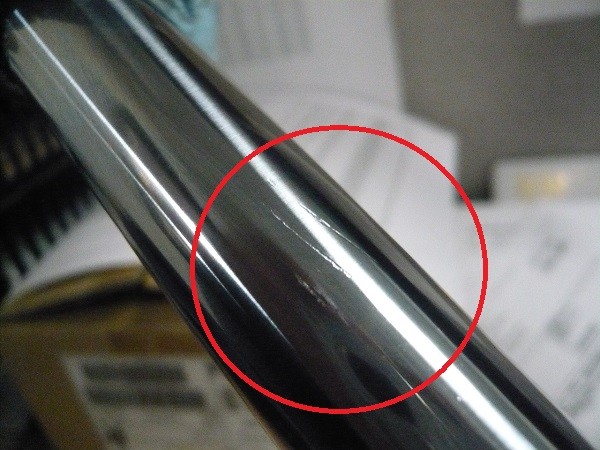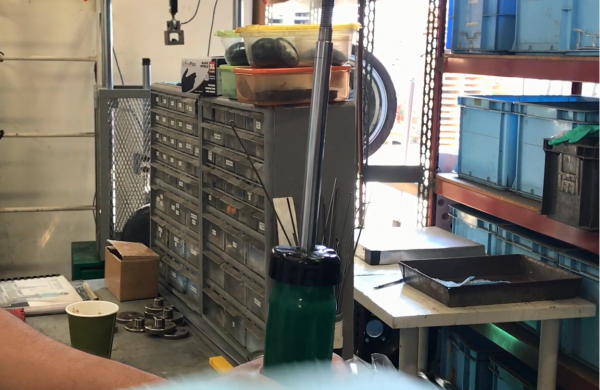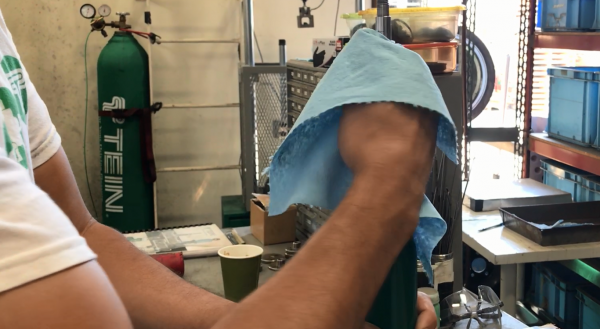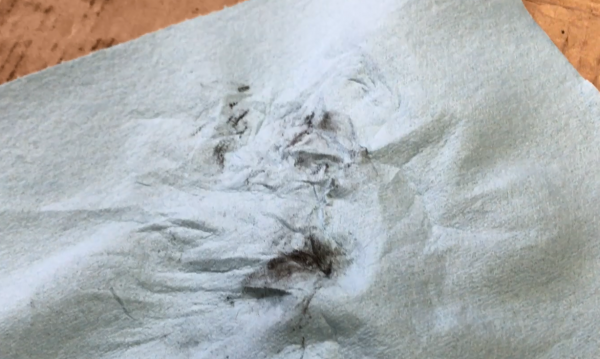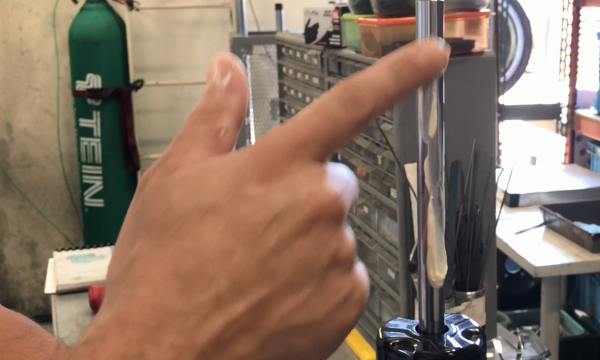We’ve already showcased our FLEX Z prototype suspension for the FK8 Honda Civic Type R at the SEMA show last year, but we’re now making more headway into production of this kit, as well as lowering springs and the upcoming MONO RACING suspension kit for this platform.
FK8 Civic Type R Suspension Soon Available
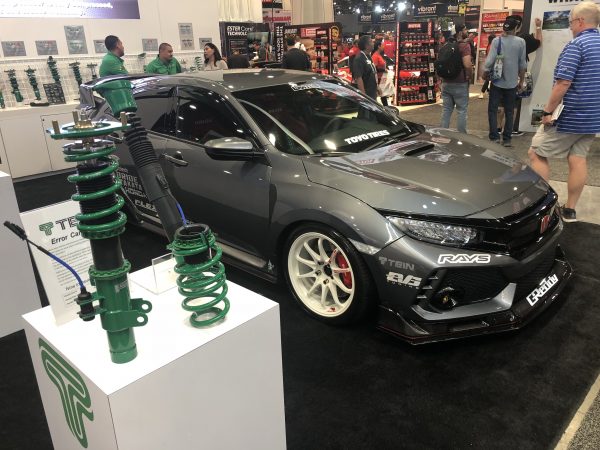
Development took longer than expected, mainly due to the availability of this platform in Japan. Why that was troublesome for us is that TEIN Japan usually gets a head-start on product development whenever a global vehicle platform is available. That saves TEIN USA the development time on designing the suspension (altogether possible for us to do, but it still comes with its own development delays).
Prior to the SEMA show, we knew that TEIN Japan finally had an FK8 to do testing on and had prototypes they could send to us. So, as soon as that opportunity came around, we contacted a local partner in having his Type R brought in and tested, and eventually asked ever so kindly to use the car for our booth display at SEMA 😉
As many of you consumers already know, the FK8 front suspension is a far cry from the design for the standard Civic’s that platform shares. It has a very unique strut suspension, much like the Super Strut design of the Toyota Celica.
In fact, the design was so unique that it posed another issue for us in both disassembly and reassembly of the suspension. Of course, we try to offer a suspension kit that is a bolt-on affair for the consumer, so it took a bit of self-education to figure this out ourselves.
Also, newer cars like the Type R have factory electronically controlled suspension. This was a problem because once the factory suspension is removed, a fancy warning came on the dash display. This led us to develop our new Canceller Units that will be included on applicable vehicle applications we make suspension kits for. With the Canceller Unit, no more warnings on the dash, and that means a customer can opt for one of our EDFC controller units, like EDFC ACTIVE PRO.
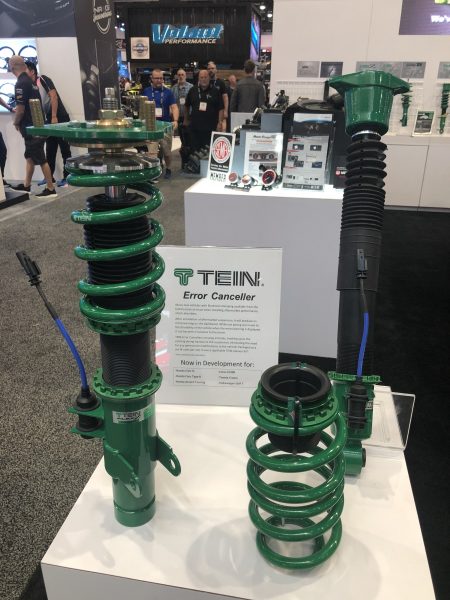
***Canceller Units are vehicle specific unfortunately. Again, we will include them for suspension applications that require them.
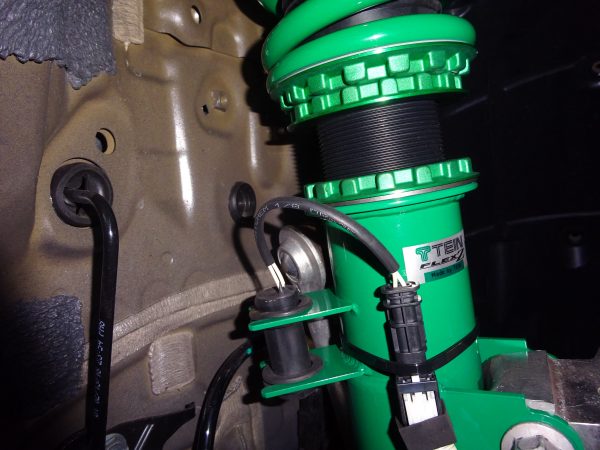
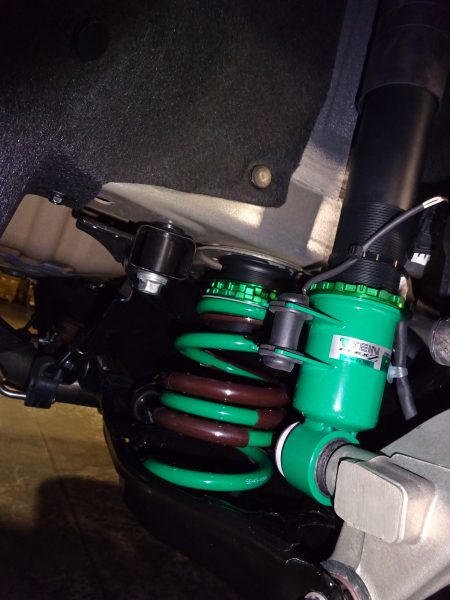
EDFC would actually be a blessing for this car, since Honda decided to make the shock absorber upper mounting position in an inaccessible design (since our damping adjustment is at the top of the piston rod).
Soon we hope to have these kits available! Please keep posted with us for more info, or keep checking our website for new product releases!

